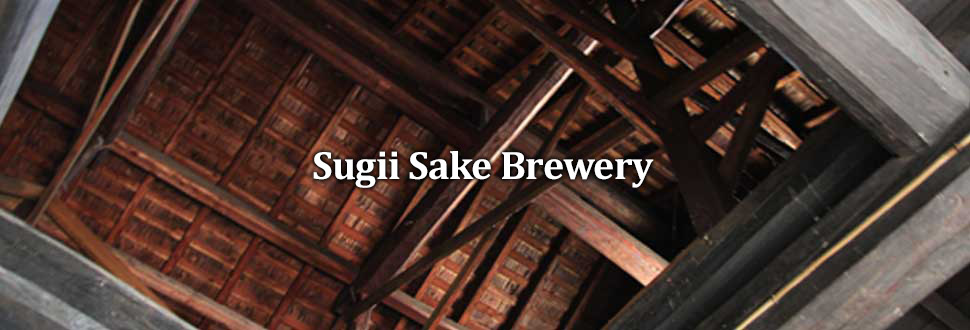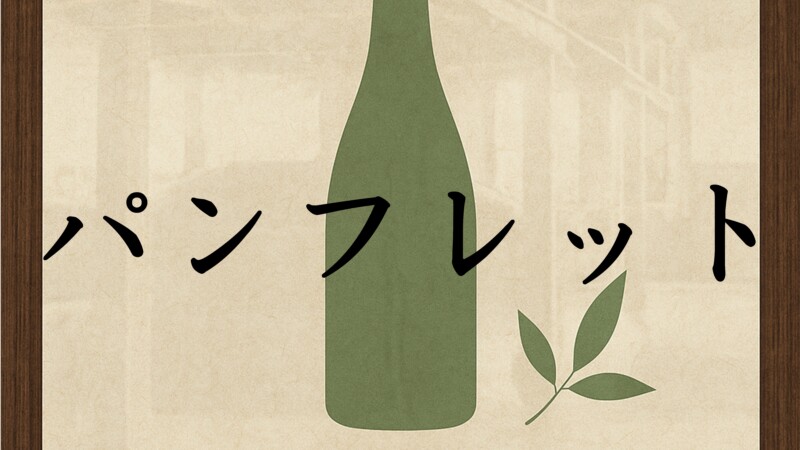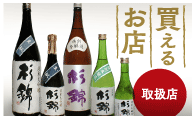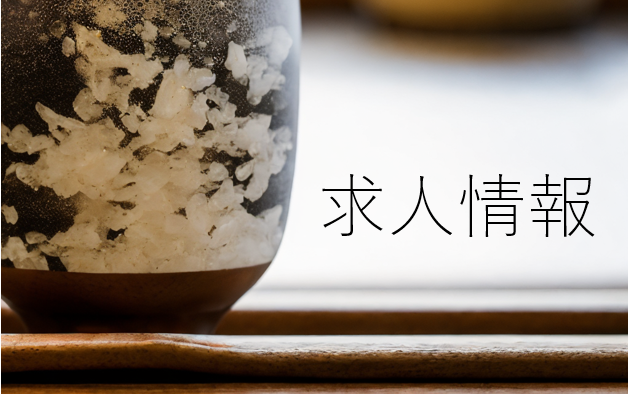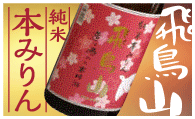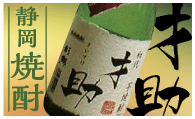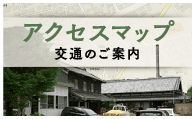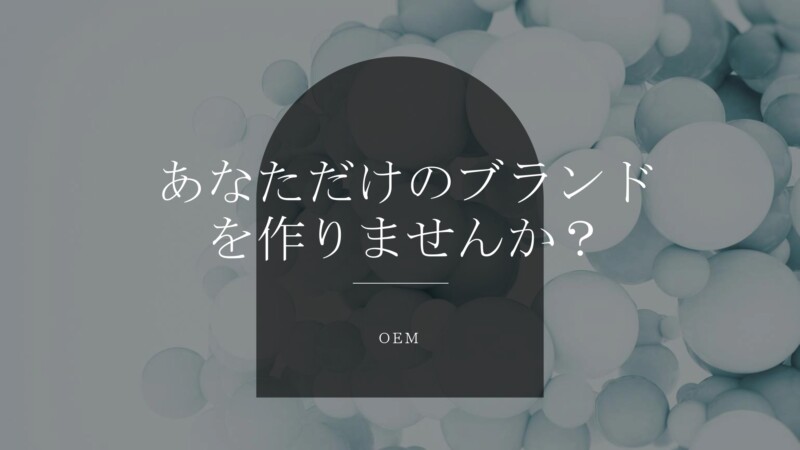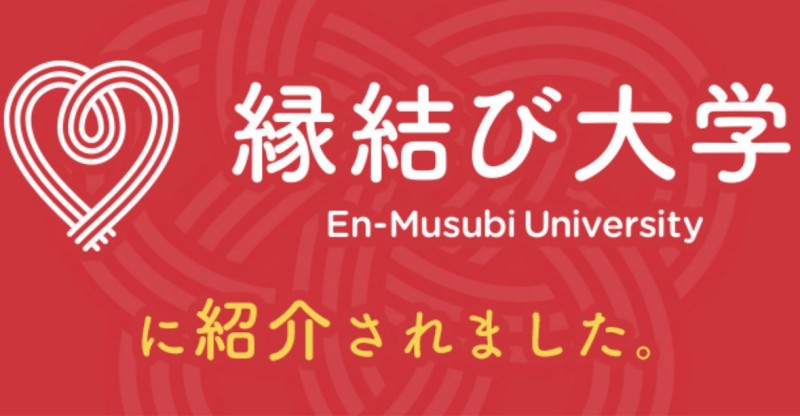The Sugii Sake Brewery is a small, family-run sake brewery in Shizuoka prefecture, on the Pacific Ocean side of central Japan.
The brewery has a history of over 170 years, and proprietor, Kinnosuke Sugii, is also the master brewer.
Kimoto and Yamahai are traditional brewing methods that include the fermenting process for creating lactic acid. Most Suginishiki uses this method, making such brews a small minority amid today’s sake offerings.
About 90% of refined sake today is made using the Sokujomoto method, where liquid lactic acid is added to the yeast mash that is the fermentation starter, in order to curb the propagation of microorganisms.
The Sokujomoto method was invented about 110 years ago. Before then, refined sake was made using the Kimoto, Yamahai or Bodaimoto methods. The first stage of sake brewing naturally gives rise to lactic-acid bacilli. These methods use the lactic fermentation initiated by the bacilli to produce lactic acid, which they then use to limit the growth of microorganisms.
Such methods take more time and effort than the Sokujomoto method, but result in a sake with greater depth and breadth of taste. Experience shows, too, that aging the sake further enhances flavor.
Yet, Sokujomoto production takes just two weeks, which is half what it takes with the Kimoto method, making it more convenient. Not only this, but Sokujomoto also results in a clean-tasting sake free of any quirky flavors, making it the best method for producing ginjo sake.
In today’s sake market, most sake is brewed using the Sokujomoto method, making it low in acidity, and with a fresh flavor from not having been aged.
But we recognize that refined sake was originally brewed using the Kimoto and Yamahai methods and, using these traditional sake brewing methods, we seek to deliver sake with body, maturity and depth.
The Sugii Sake Brewery also produces mirin using traditional methods.
Mirin is a traditional Japanese liqueur produced from mochi rice and rice shochu.
Koji and shochu which contains 40% of alcohol are added to steamed mochi rice, which is left to ferment in a tank for two months. During this time, the enzymes derived from koji breaks down the starch in the mochi rice. This saccharification results in a sweet sake with a glucose content of about 40% while alcohol density diluted by sugar decreases to about 14%.
The sugar content in mirin is all from the rice. Mirin also contains amino acids derived from the protein in rice, among other constituents.
Mirin is used mainly as a seasoning in Japanese cooking, to add sweetness, and is also widely used to add gloss to dishes and keep ingredients intact while cooking.
Furthermore, its elegant sweetness means it is now used in cocktails as well.
Today, most mirin has added molasses alcohol and glucose to keep costs down, so mirin made using traditional ingredients and methods is now a valuable commodity.

